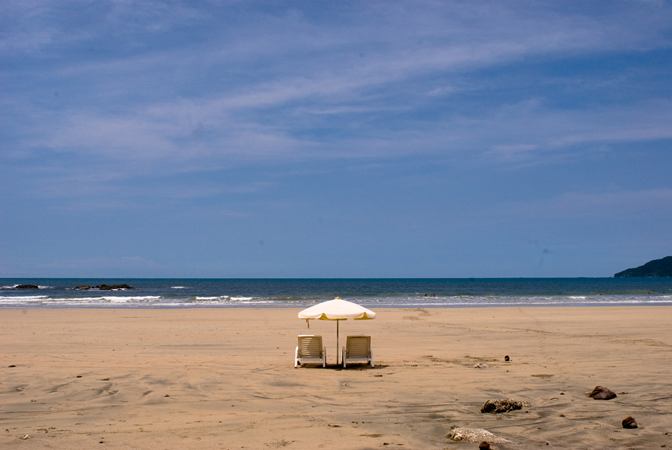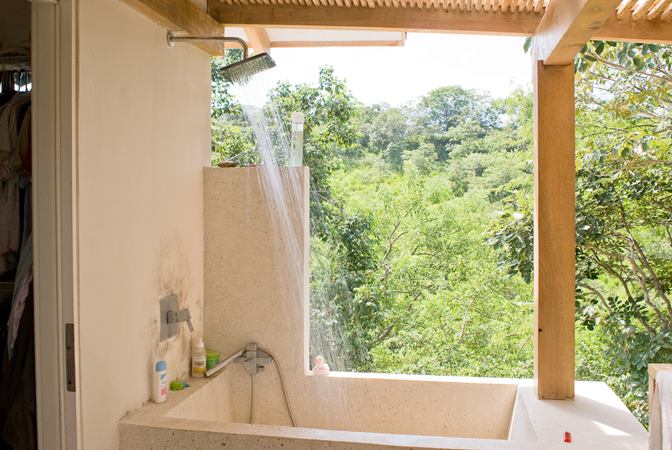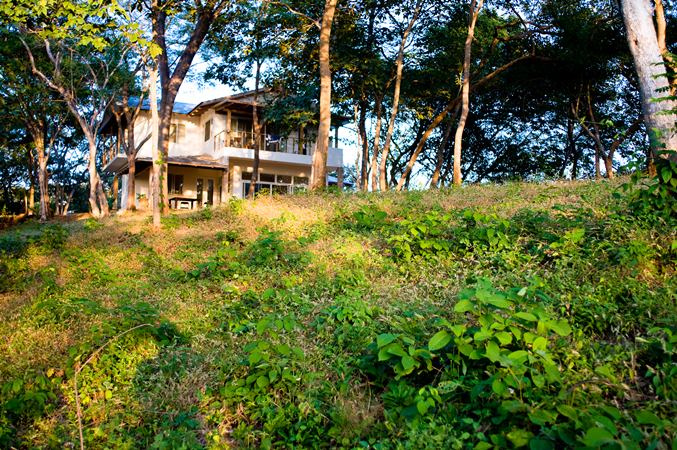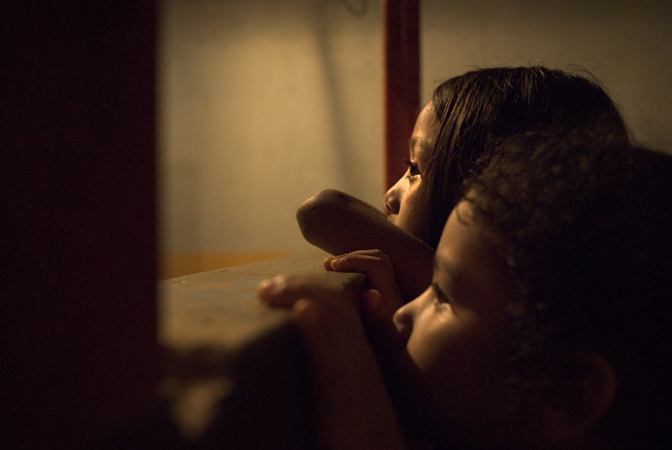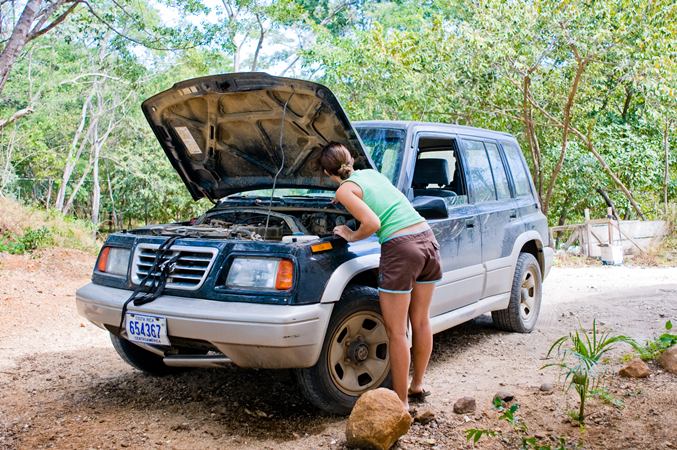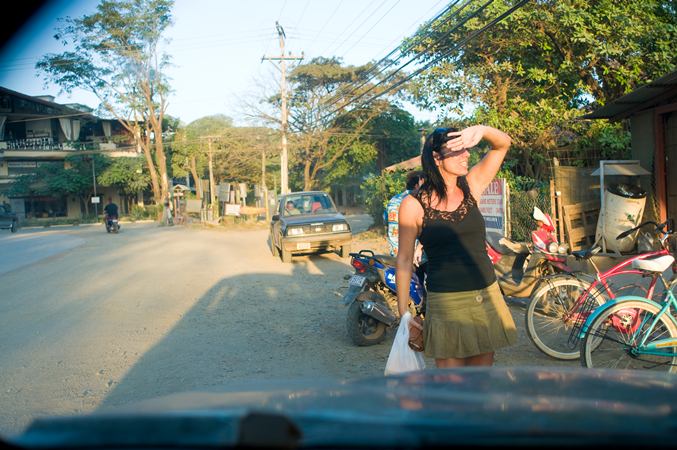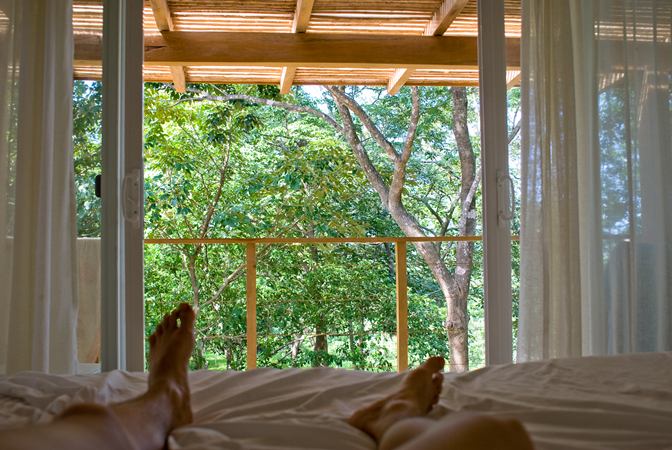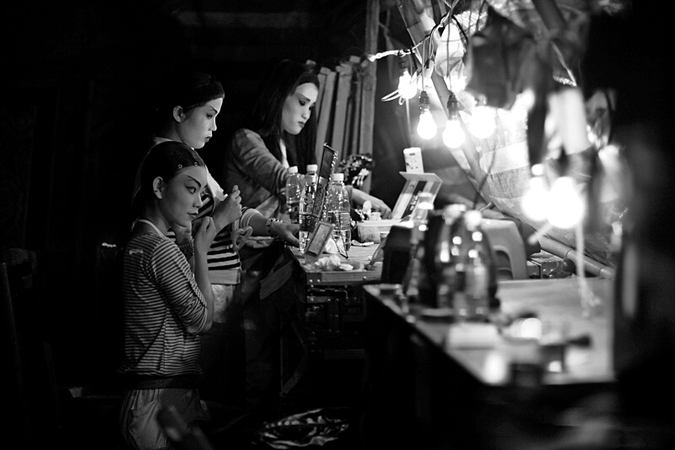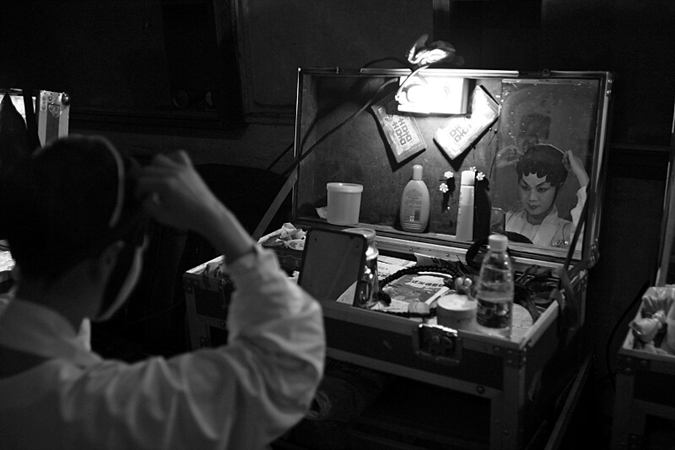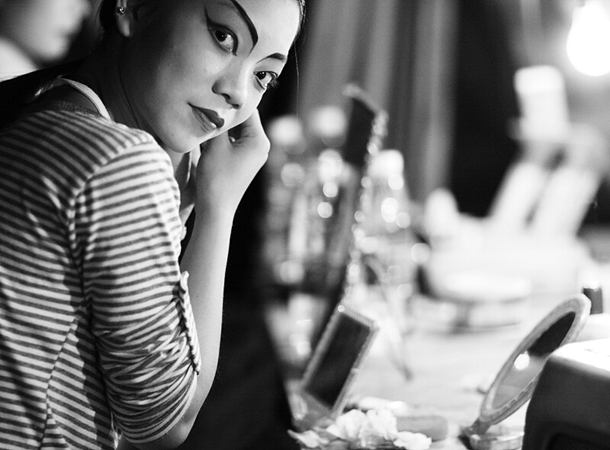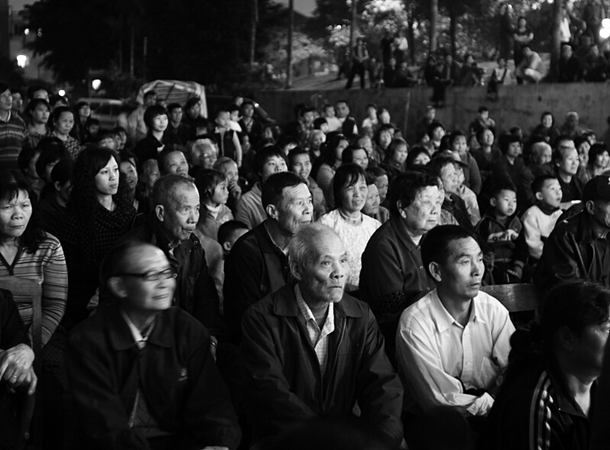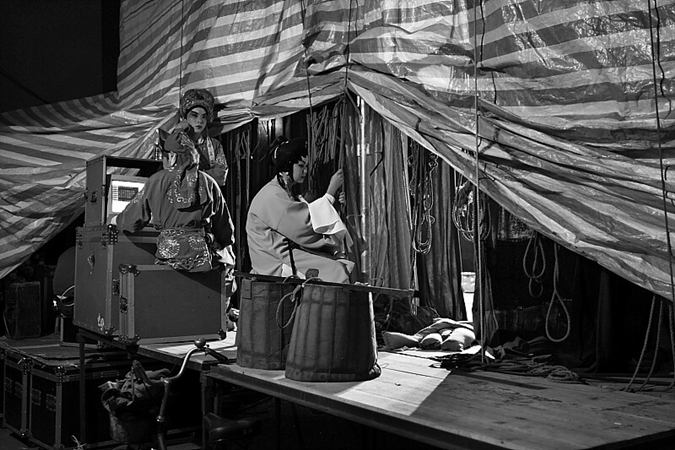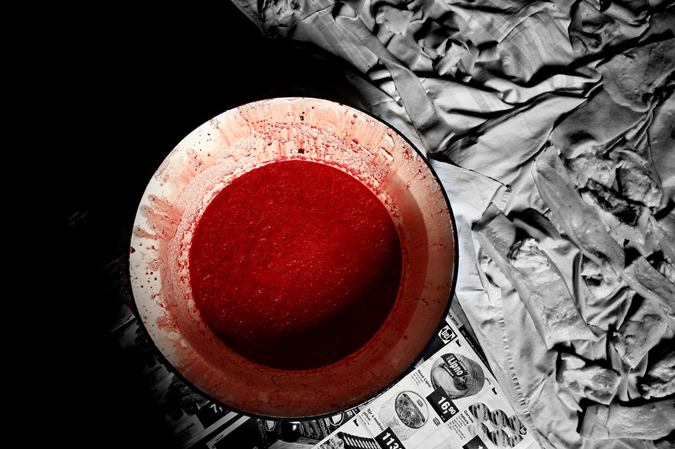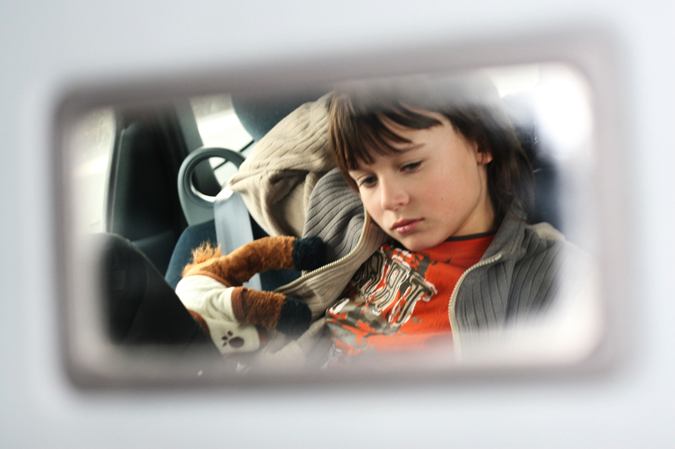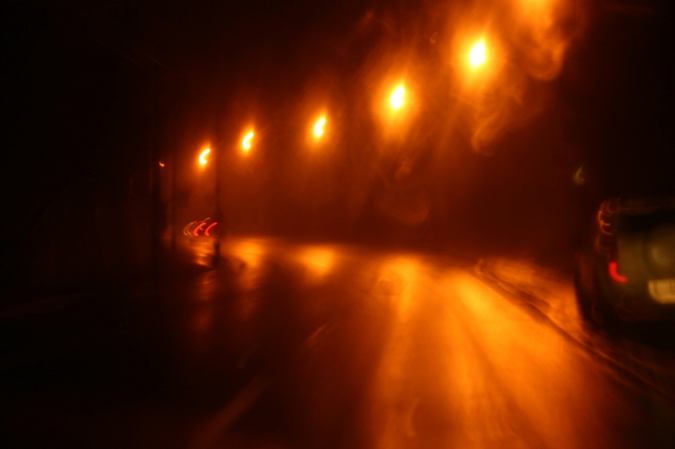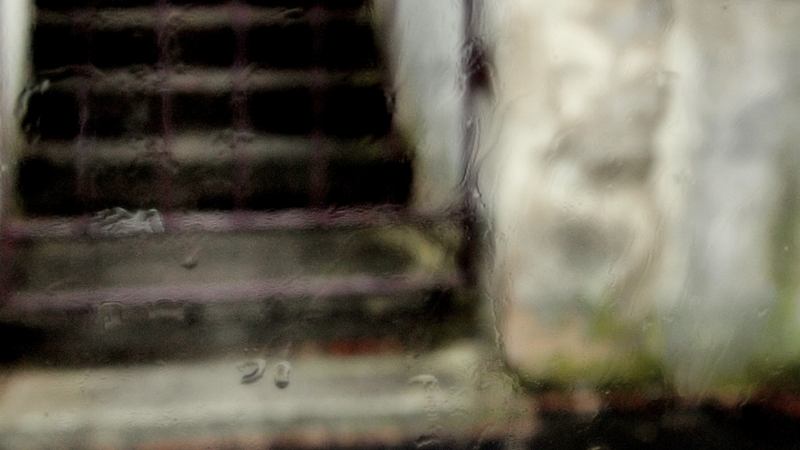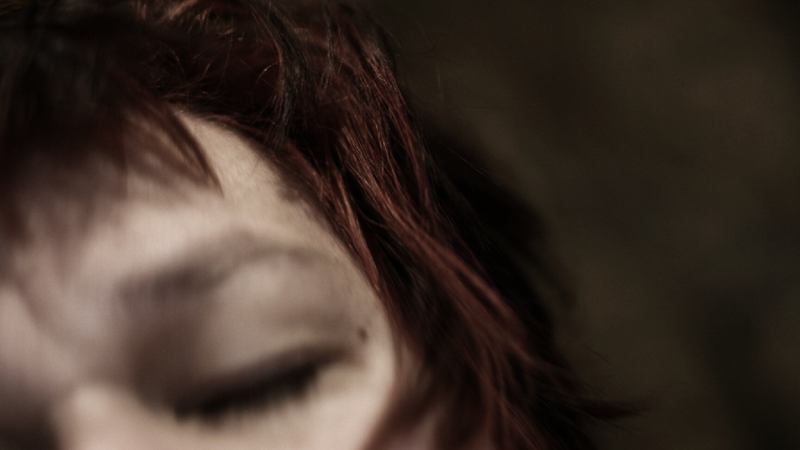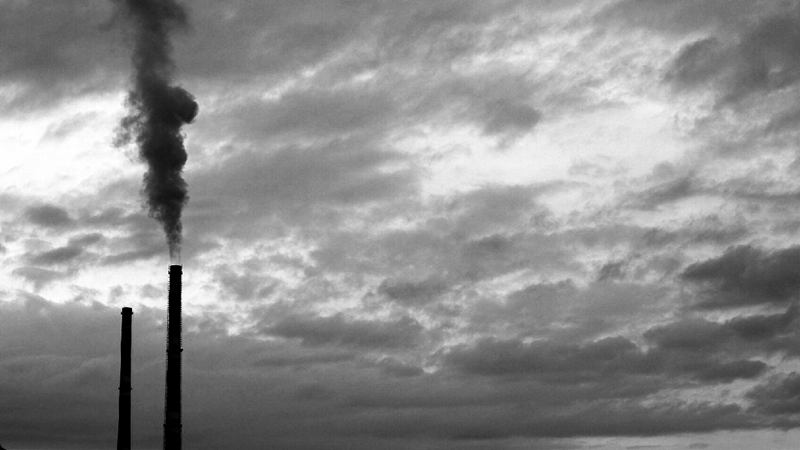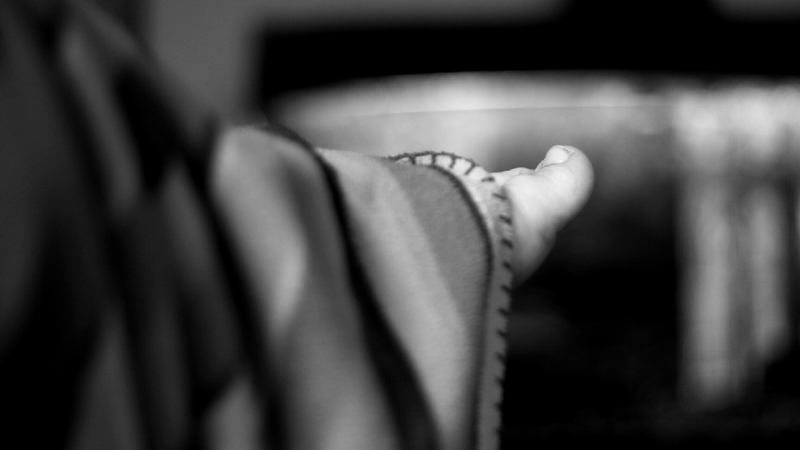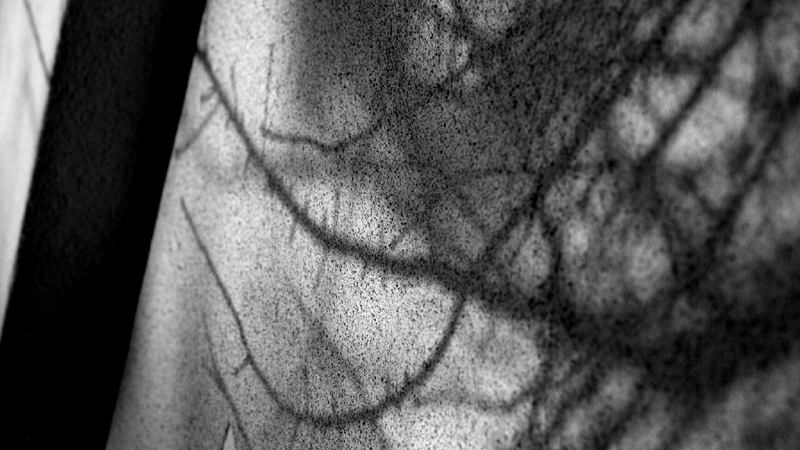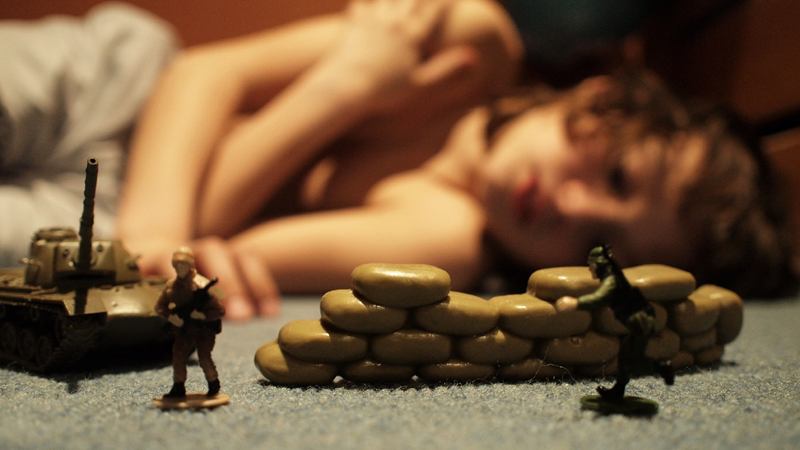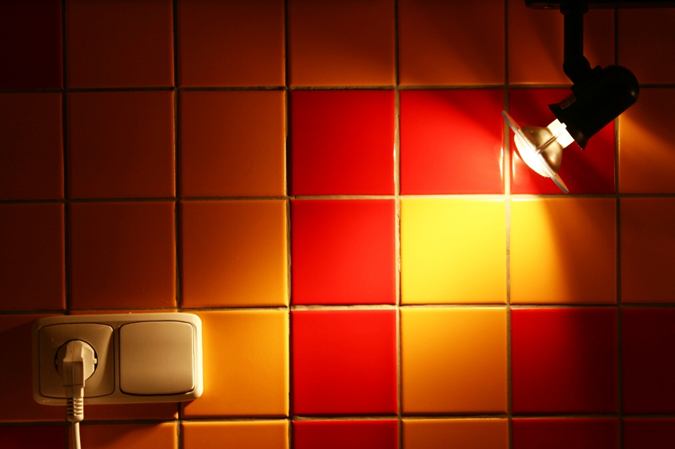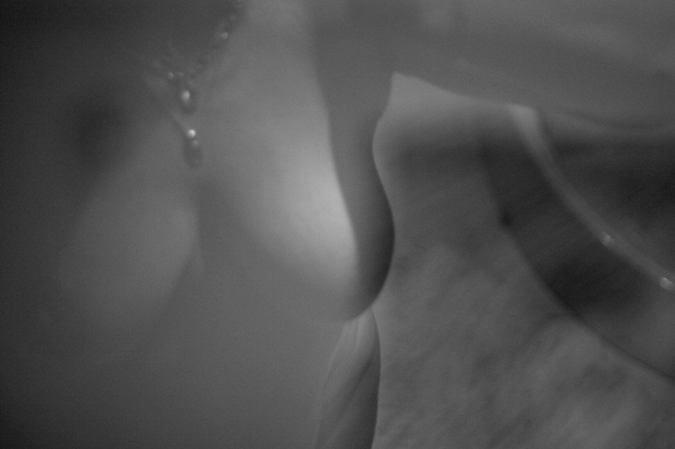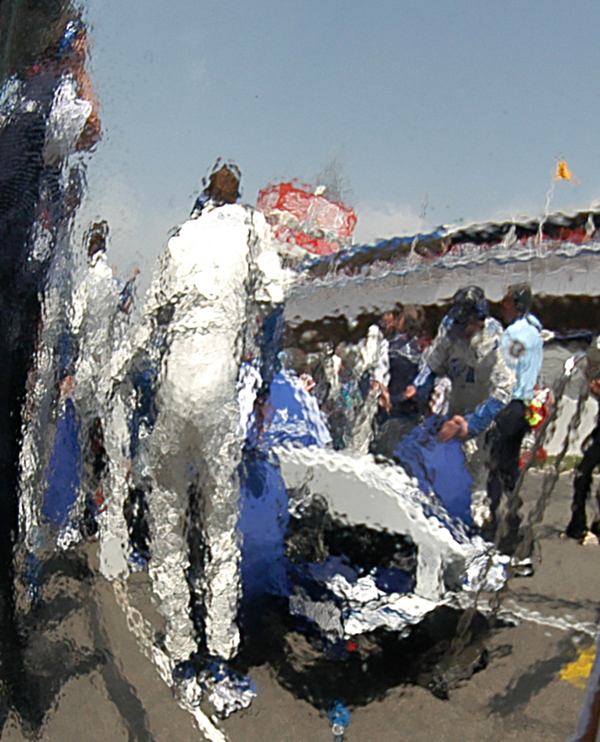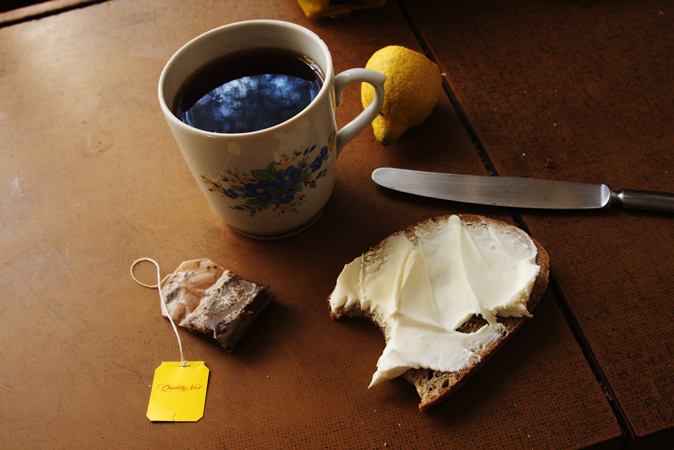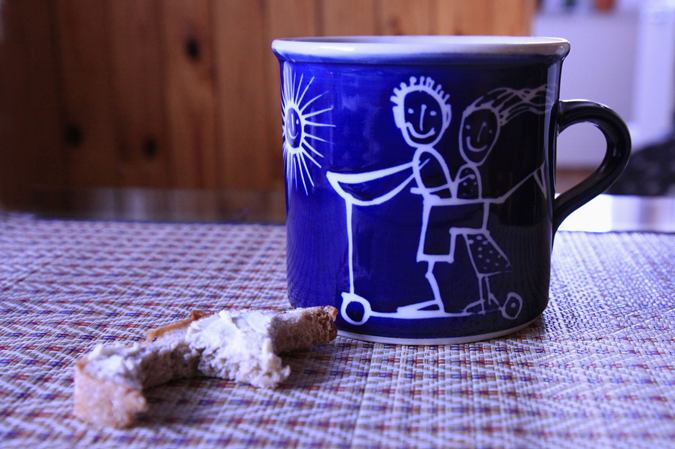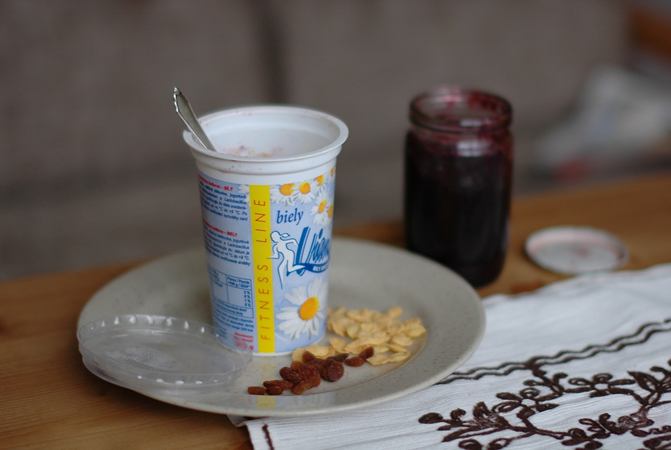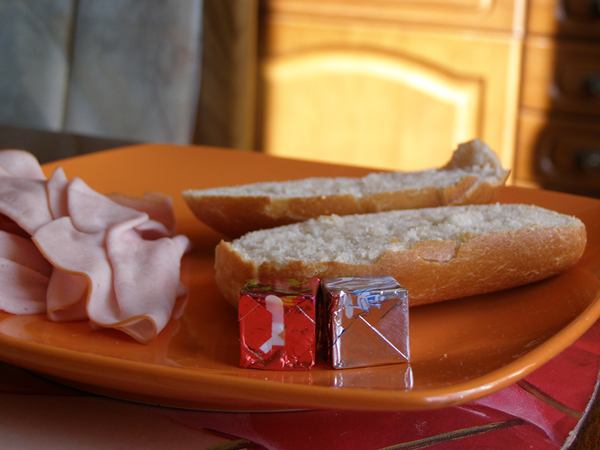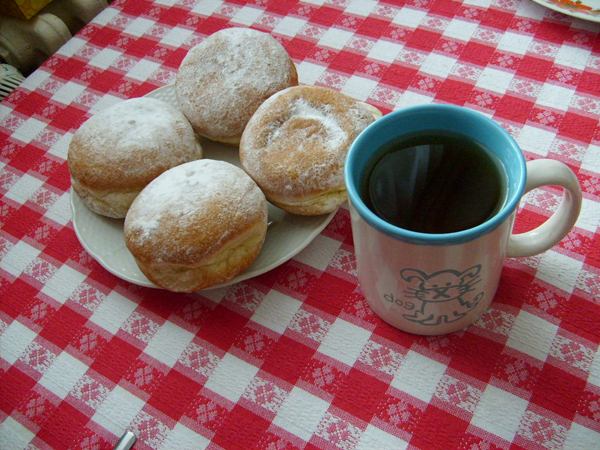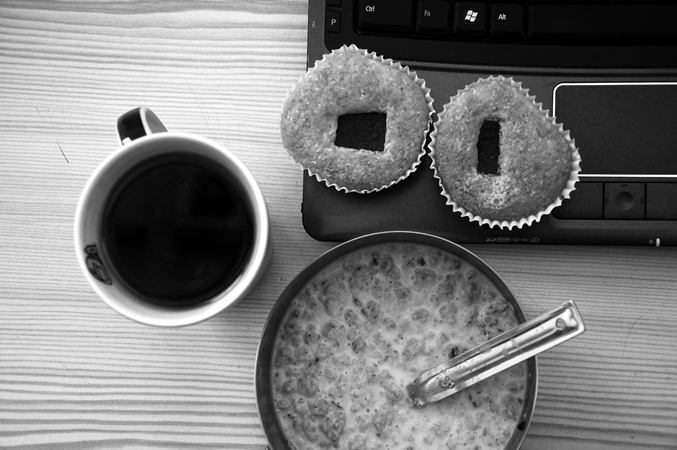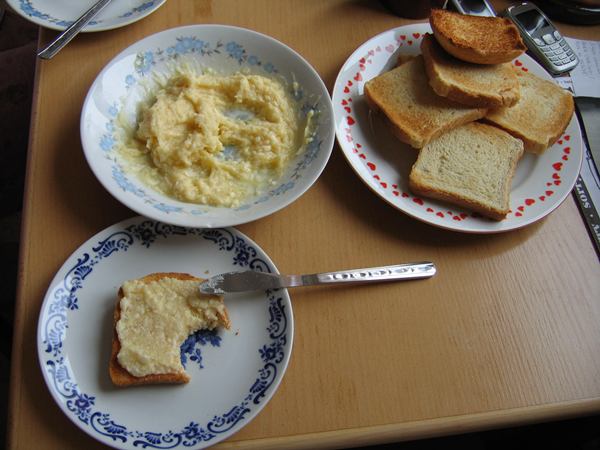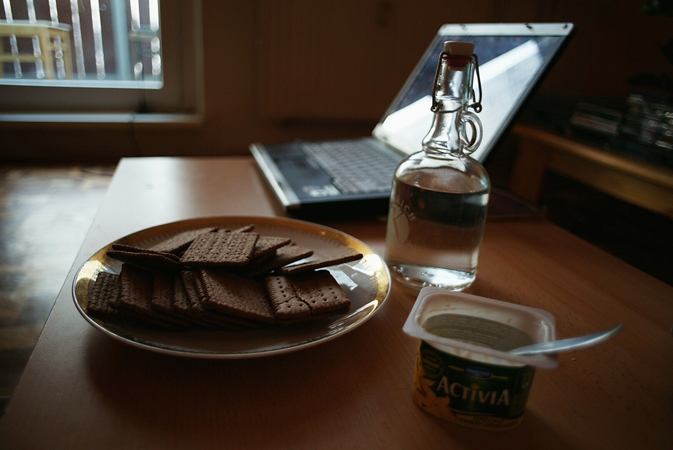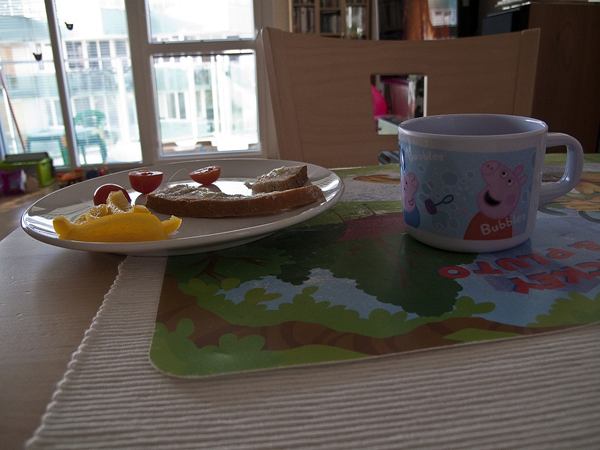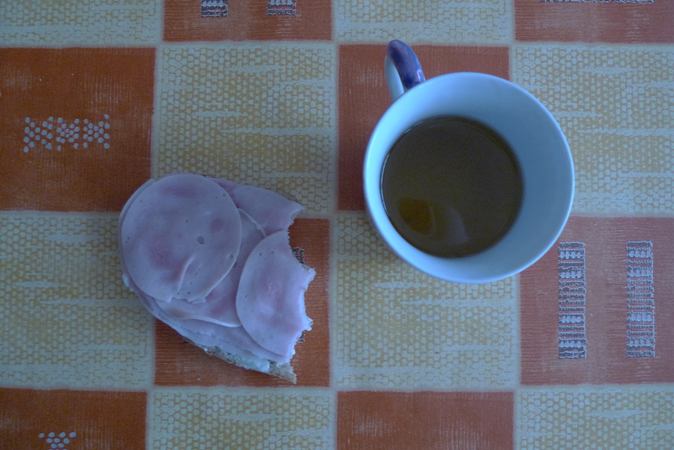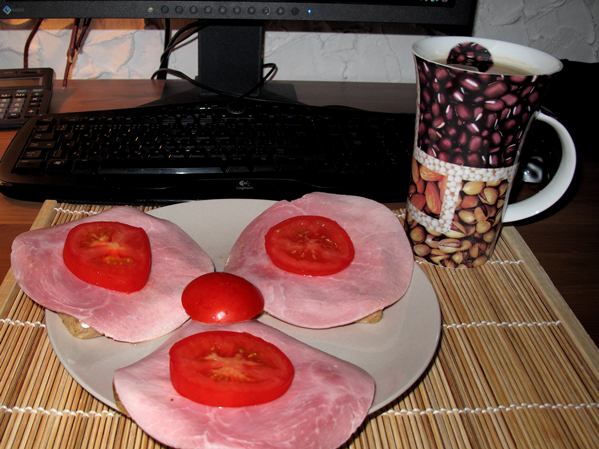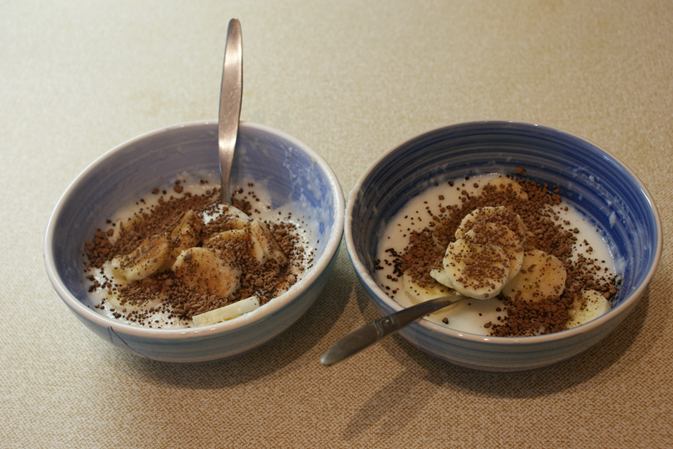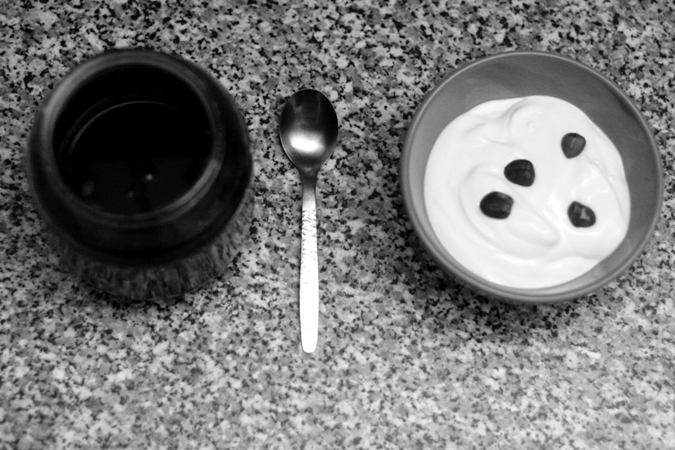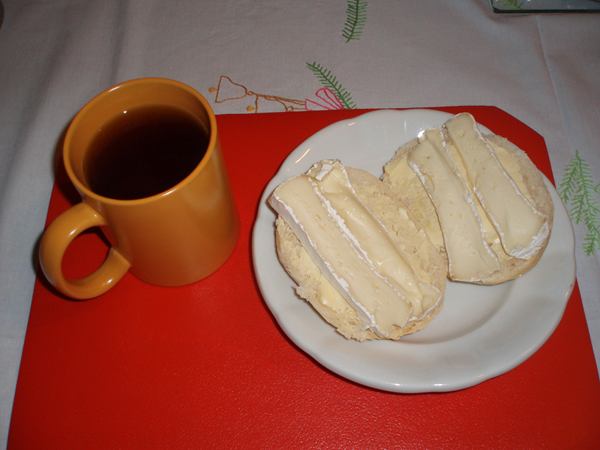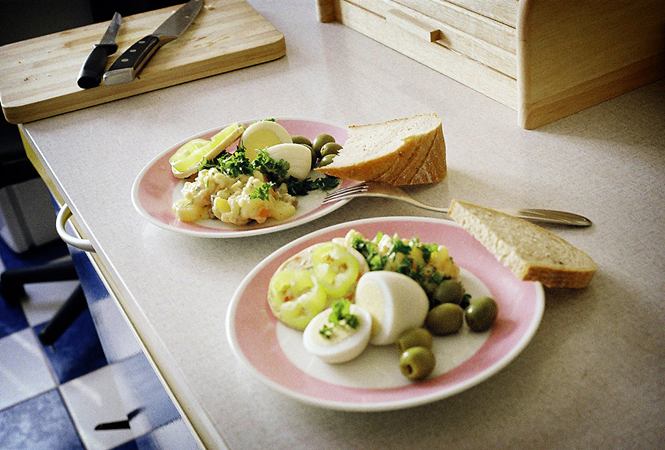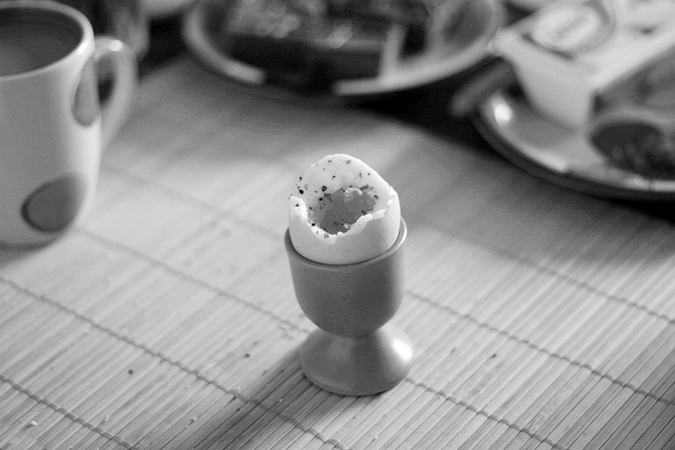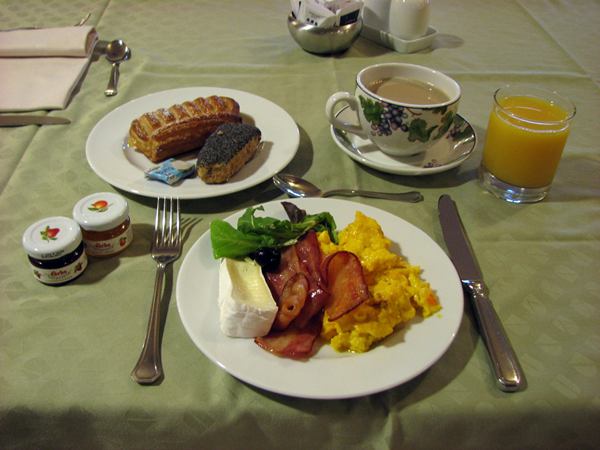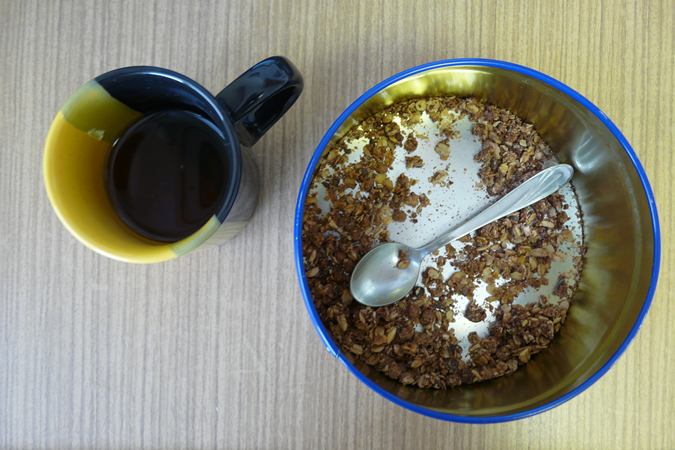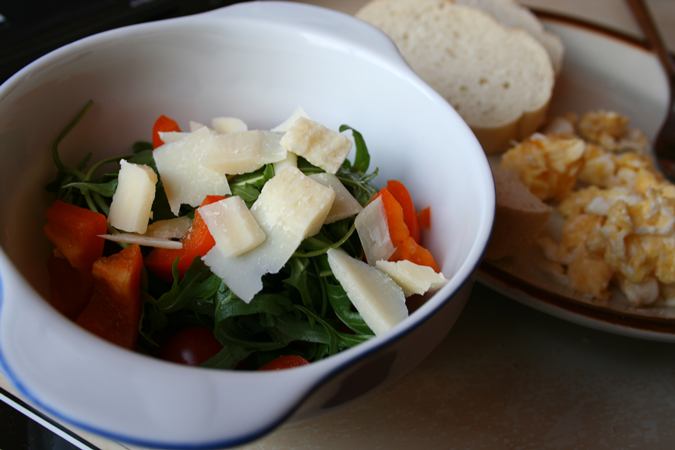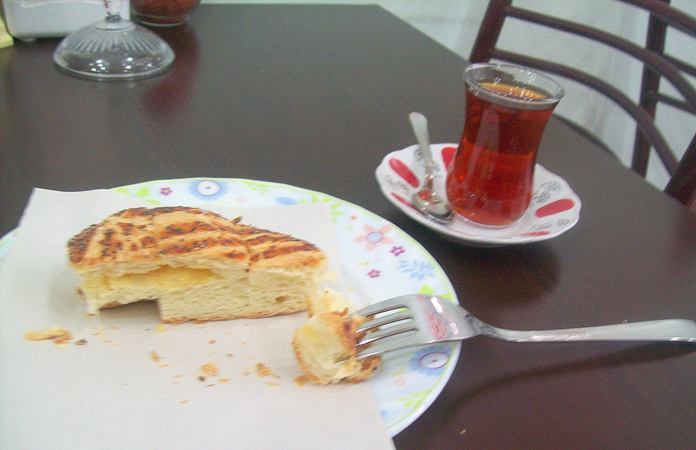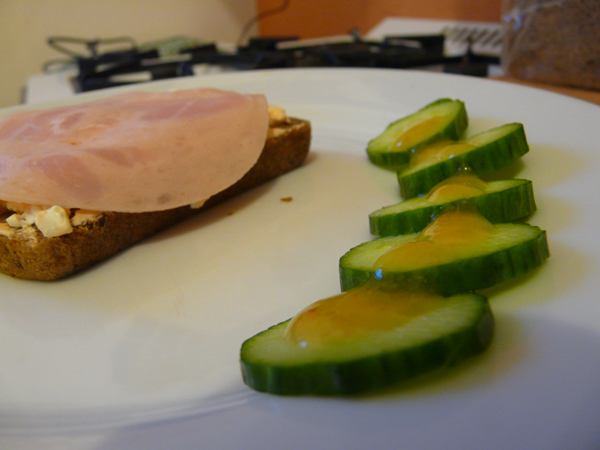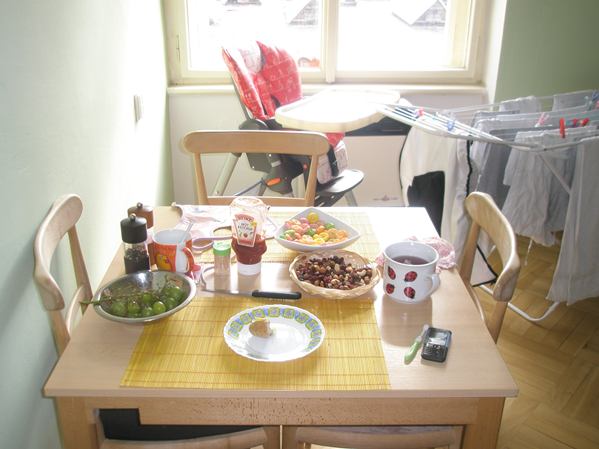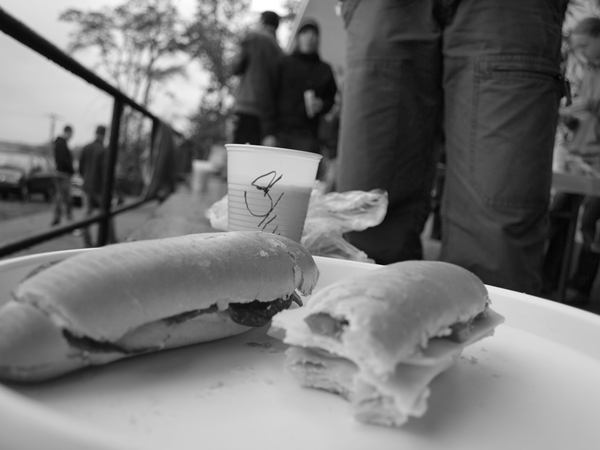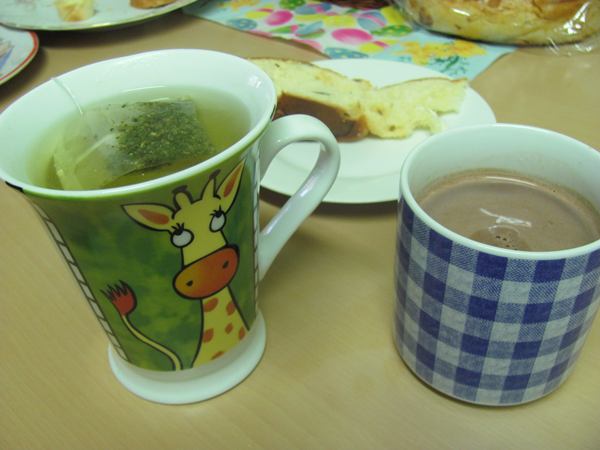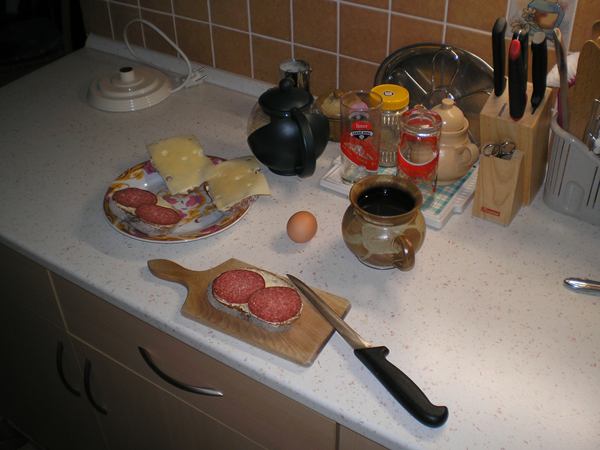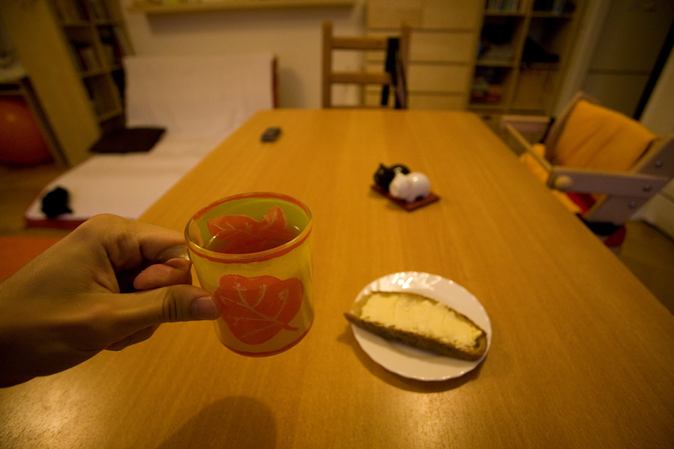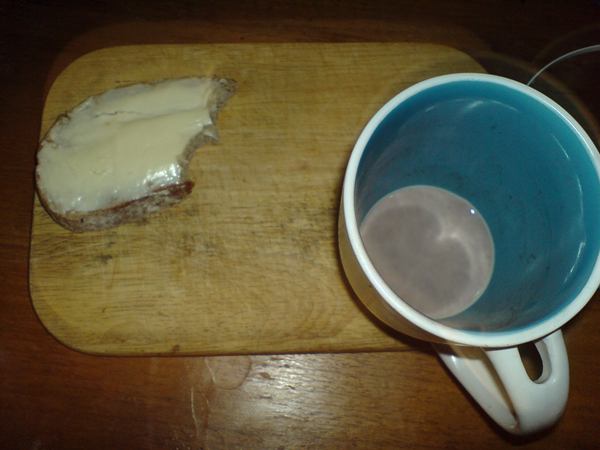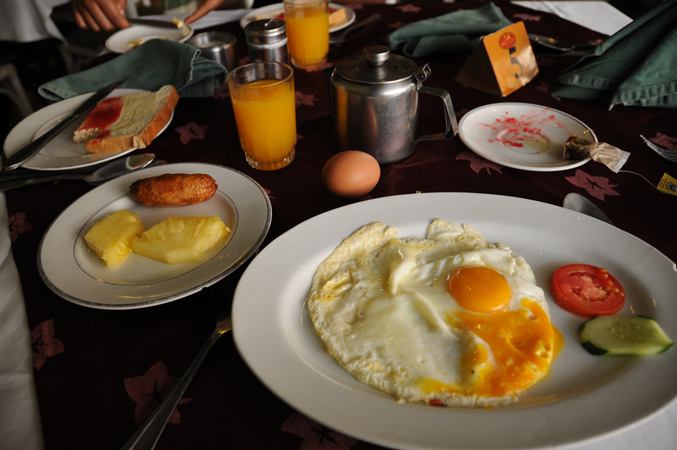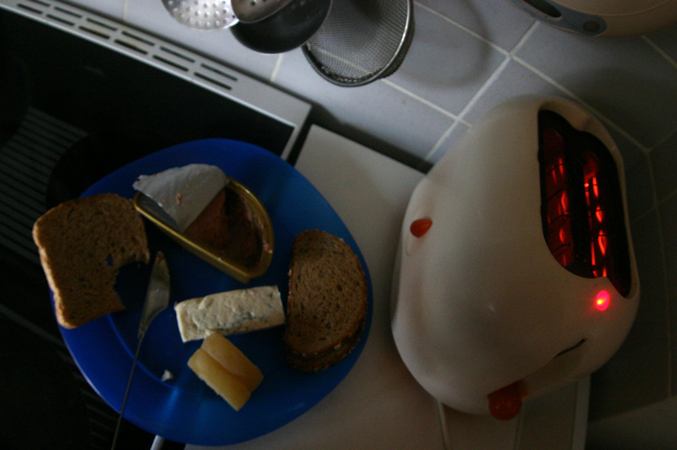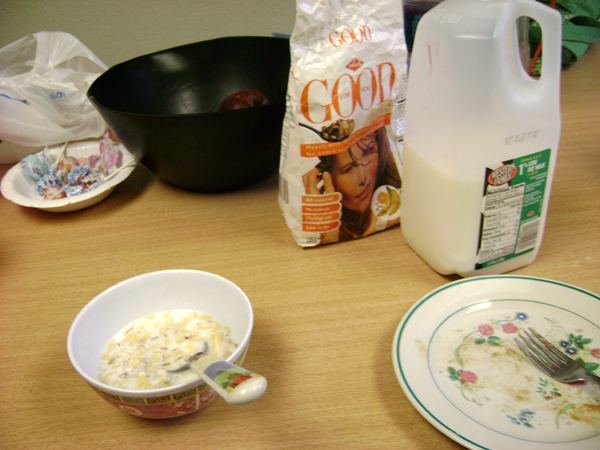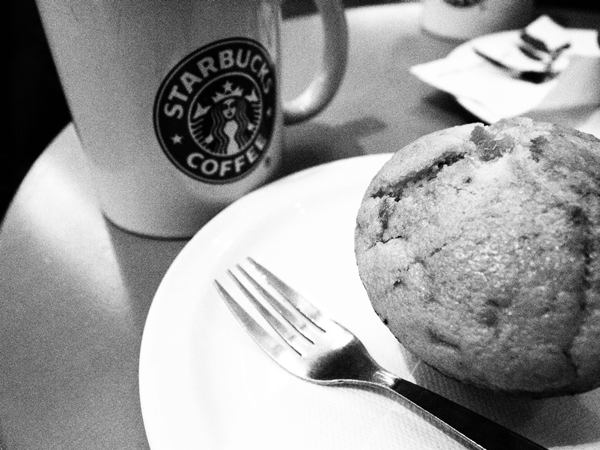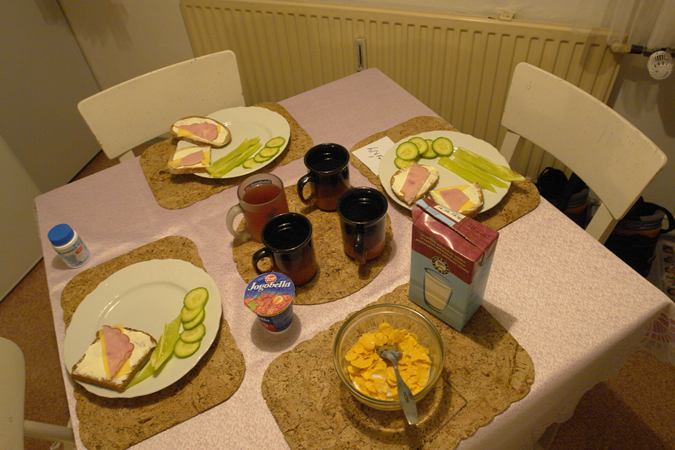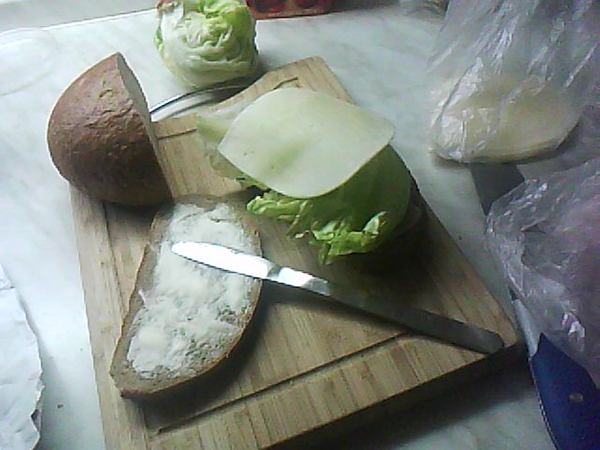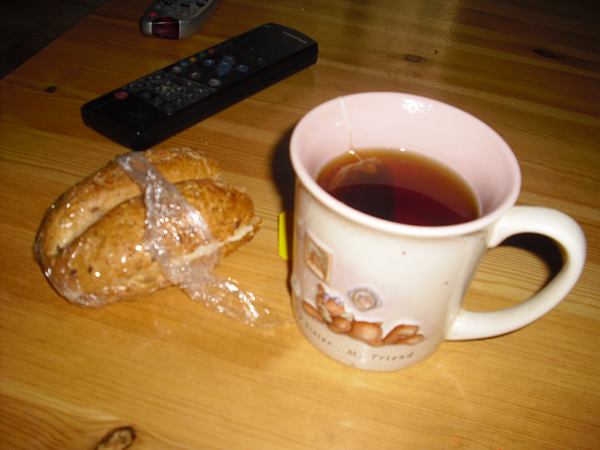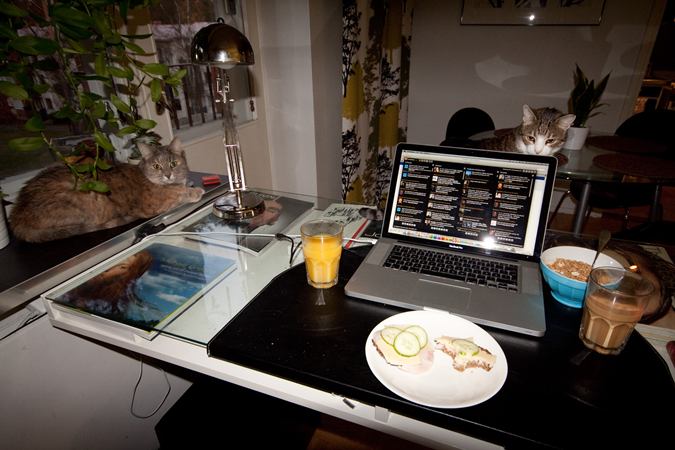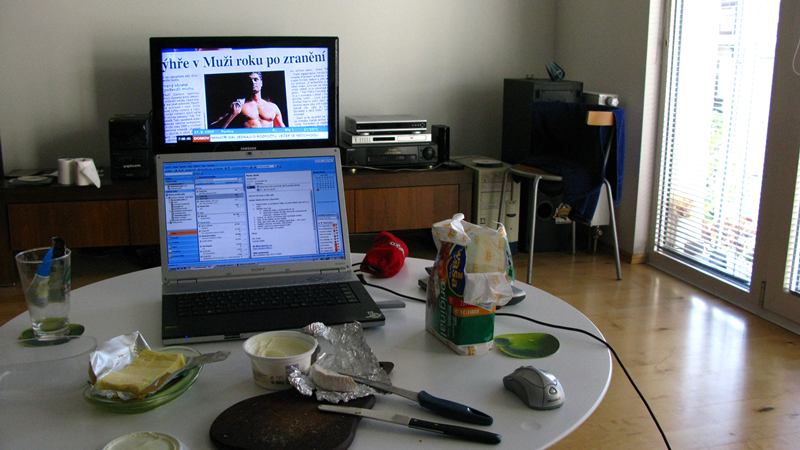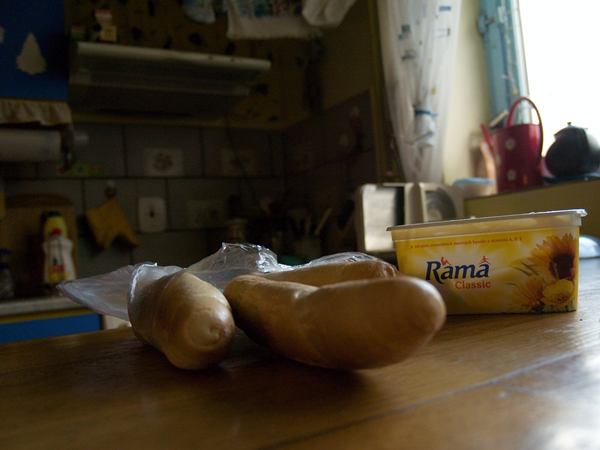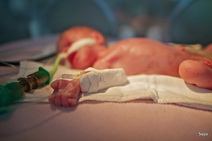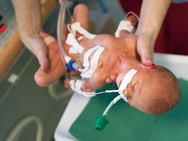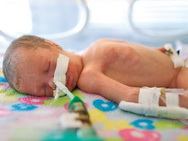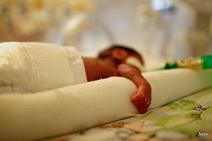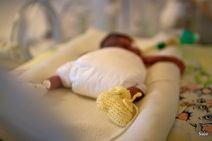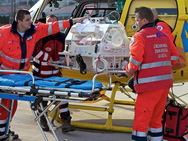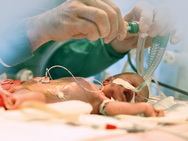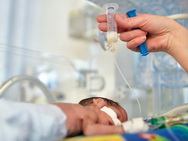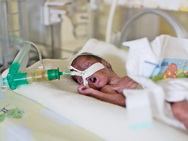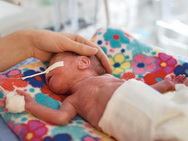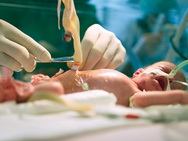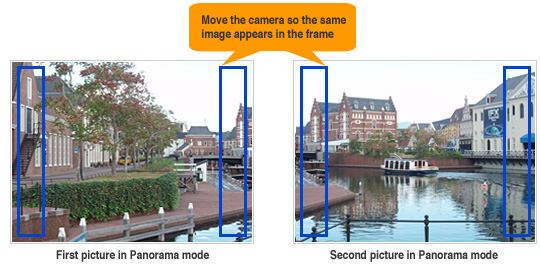When my longtime friend and founder of WoL Adolf Zika addressed me with a question, whether I could pick a photograph from my archive and share it in form of the section ‘Stories behind pictures,’ I immediately thought of Romany kids from the city of Zvolen. This photograph evokes several ‘stories’ in me and I’d like to share them all.
Story number one – origin of the photograph. While walking around the city of Zvolen with my friend, photographer Jiří Lux, we ran into a group of Romany kids at the end of the street full of brick houses, located between a chipboard factory and a locomotive repair factory. Once they spotted us with our SLRs strapped around our necks, they immediately started to beseech us with requests ‘Hey grandpa, take a picture of us’. I didn’t hesitate for one second. Jiří, who noticed my eagerness to document these kids, walked over to one of the houses and protected my back in the way that he started chatting to the tenants, who were clearly the parents of the children. I kept to my task, but with one eye I observed how Jiří was doing. He seemed quite successful (he even managed to take a picture of me photographing the kids), only until a moment when the parents noticed that their children were being documented. Children were immediately called in with the phrase: ‘Stop posing, no more photographs!’, and the girl (on the far right of the photograph) that was initially most active when begging to be documented, suddenly changed her mind and ordered the other kids to stop posing at once. The children obeyed without any protest and before an elderly lady finished shouting the words ‘We don’t want any photography here’, they disappeared. We instantly felt the urge to disappear as well and left them with the words ‘The kids wanted us to take pictures of them’. The whole ‘photo shoot’ lasted about 2 minutes and I managed to make exactly 30 images.
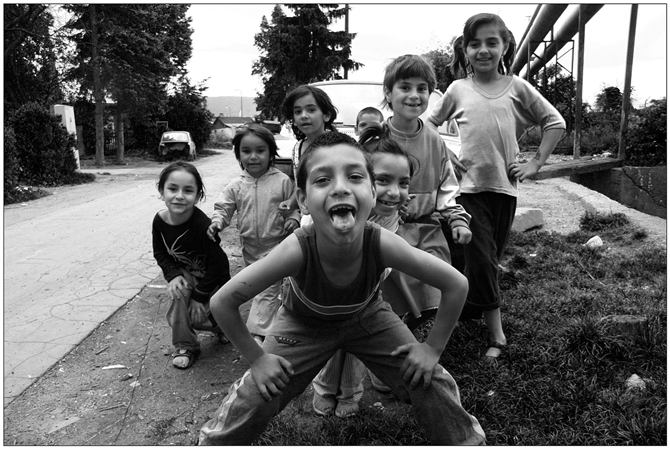
Story number two – Approach to photography. Some time after I looked at this photo and realized how my attitude towards photography had changed thanks to the gradual shift to digital technology. In the times of celluloid films, it was unimaginable to produce 30 images in just 2 minutes. This goes hand in hand with times when I cooperated with Adolf Zika on his project ‘The Last Book of the Century’. On the day dated 10.10.2000, I depicted one day of life of the Czech Republic along with 130 other photographers. I received 20 celluloid films for 24 hours worth of photographing. When I handed in THREE!!! films to Adolf a week later, saying that it was all I used, I wasn’t really seen as the most trustworthy person in the world. In spite of that, we did choose 5 photographs for the Last book of the century. At that time, I was positive I had something on the three 36 shell films (108 images altogether) and I was quite self confident about it. Today, with an SLR around my neck or rather a viewfinder against my eye, I’m never sure if I can find the proper image within the 108 used image slots.
Story number three – Utilization of the photograph. Since 31.1.2006, I pursue the field of photography and present my results in form of a photographic diary on the internet. On the way back from the block where we met the Zvolen kids, I knew right then that I had a perfect photo for my diary. Once I got home, the photograph was portrayed on the internet and safely placed into my archive. About a week later, my friend who acted as our tour guide in Zvolen contacted me. She asked if it would be a problem for a non-profit organization called Návrat (The return), which advocates for the return of orphan children to families, to use (for illustrative purposes) the photograph in its magazine. I joyfully accepted and was glad the photograph would not only be a part of my internet diary, even if it did not have power to actually help such children. And two years after the photograph was taken, here it is on WoL in section ‘Stories behind pictures’ with yet another purpose.

